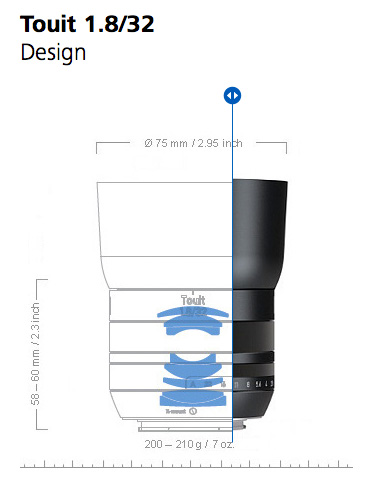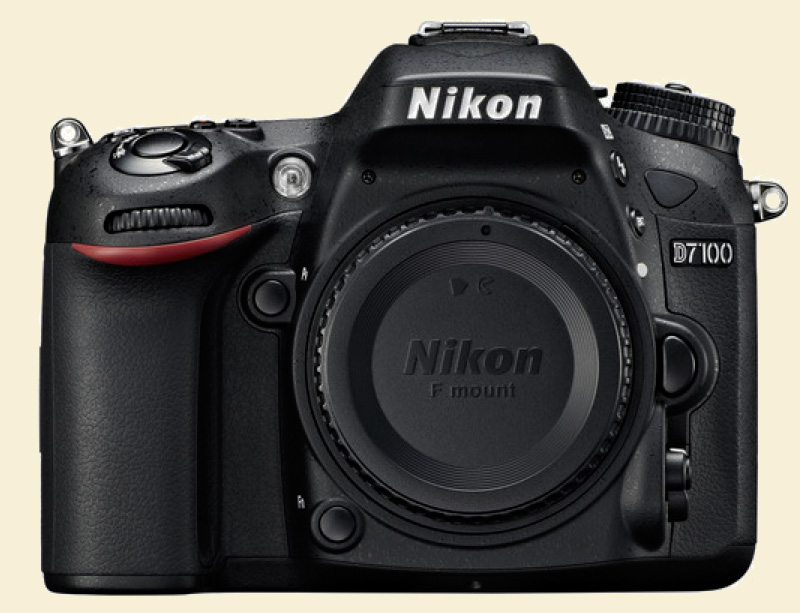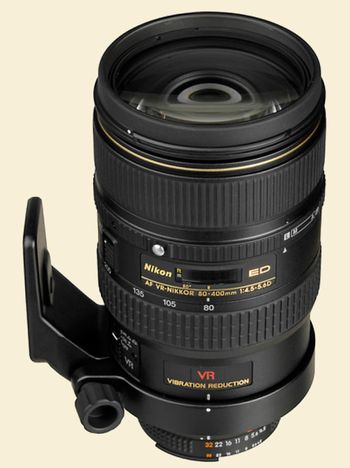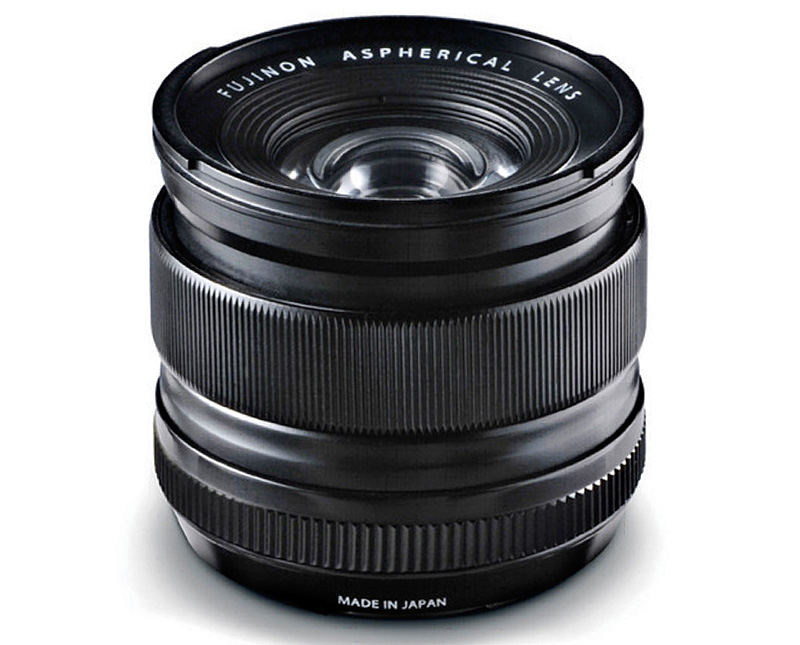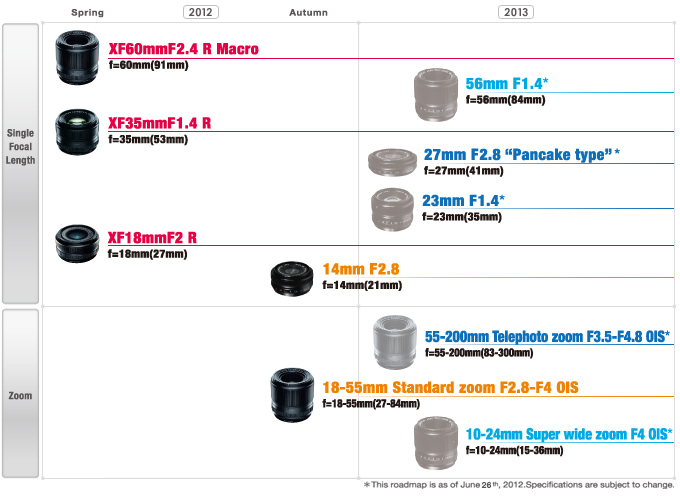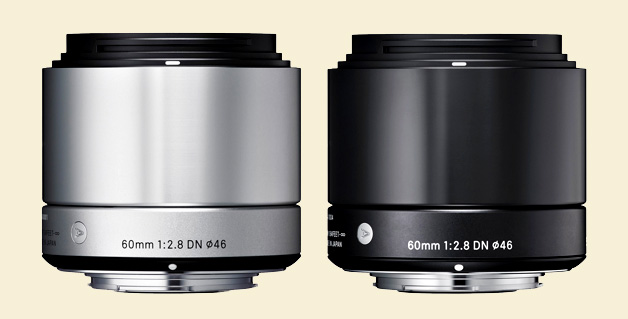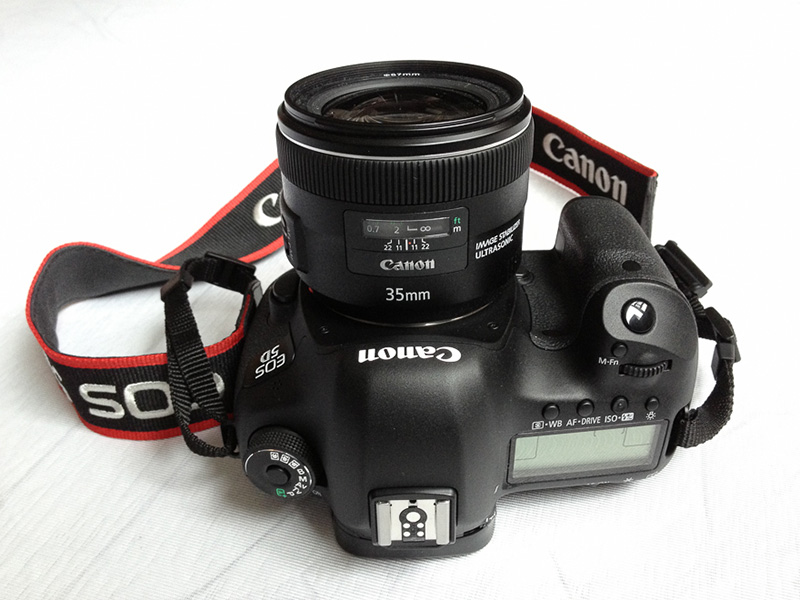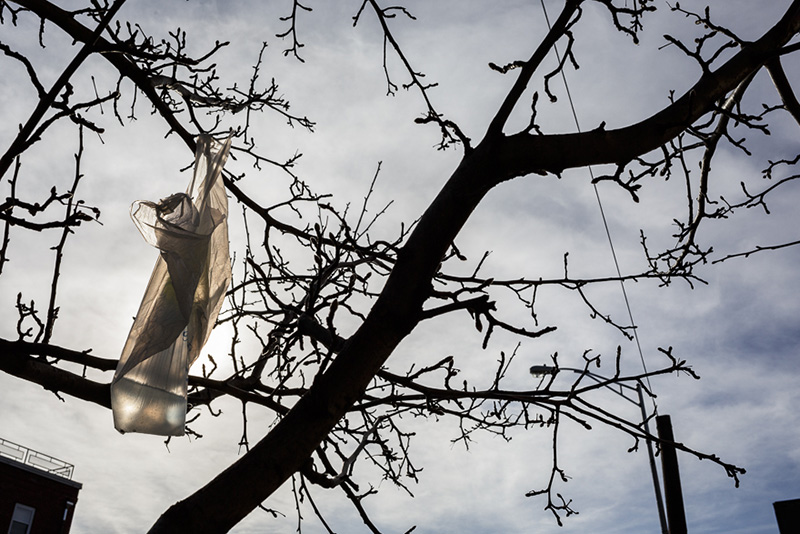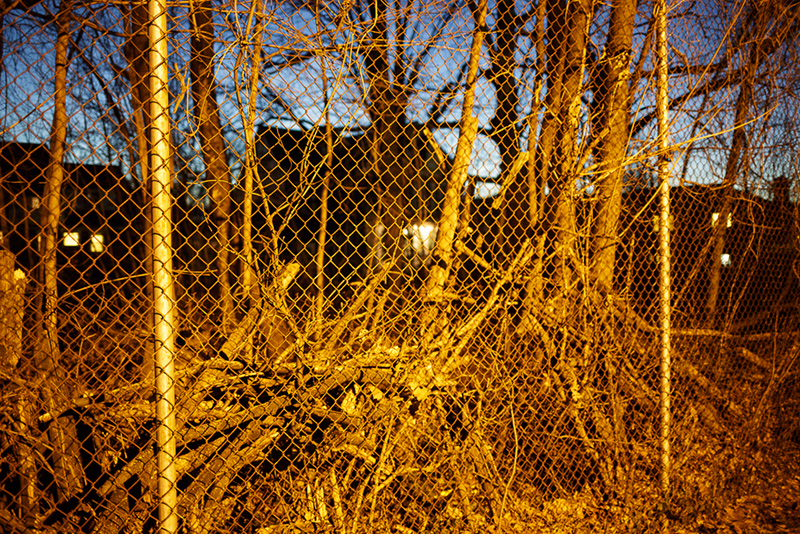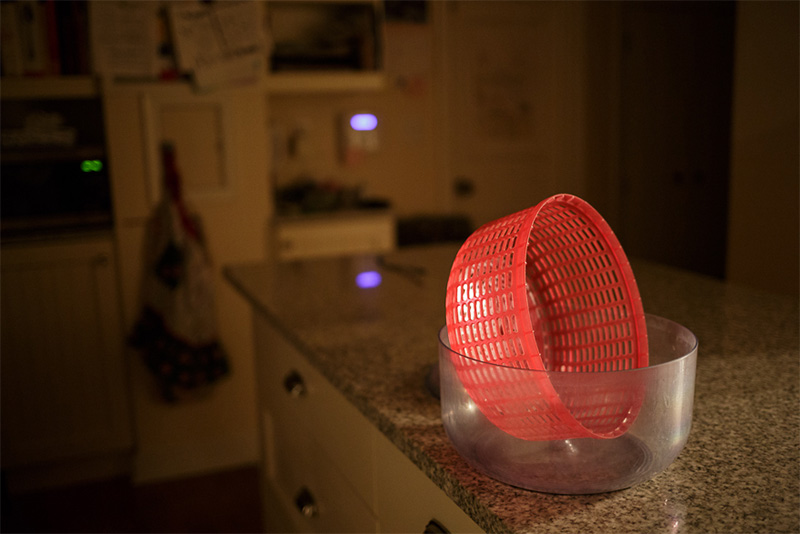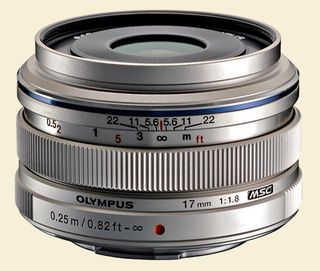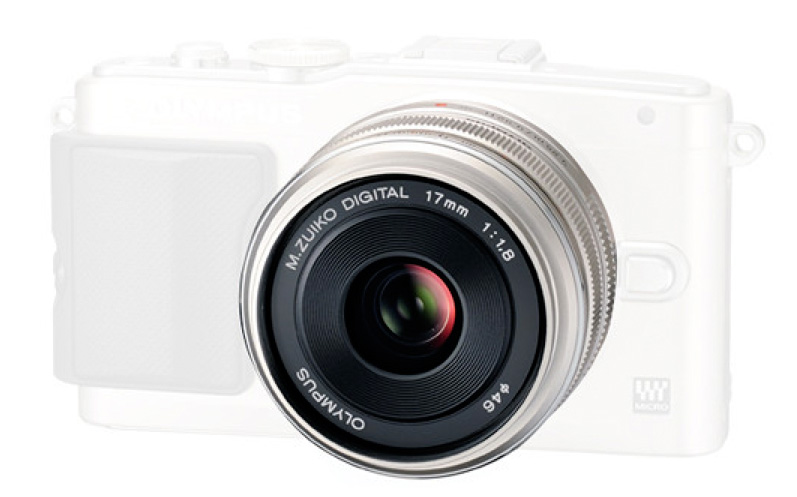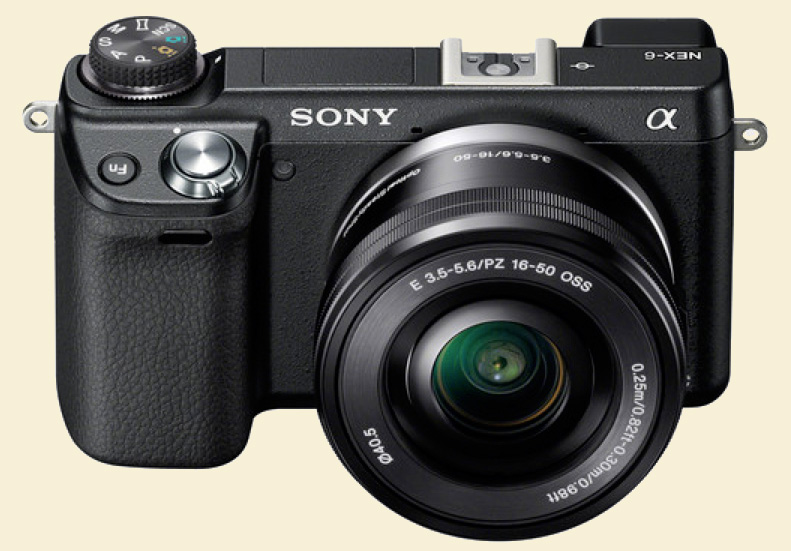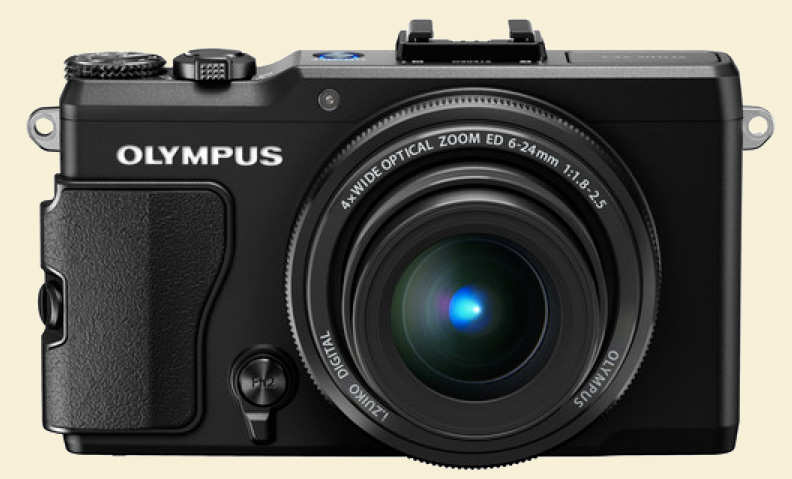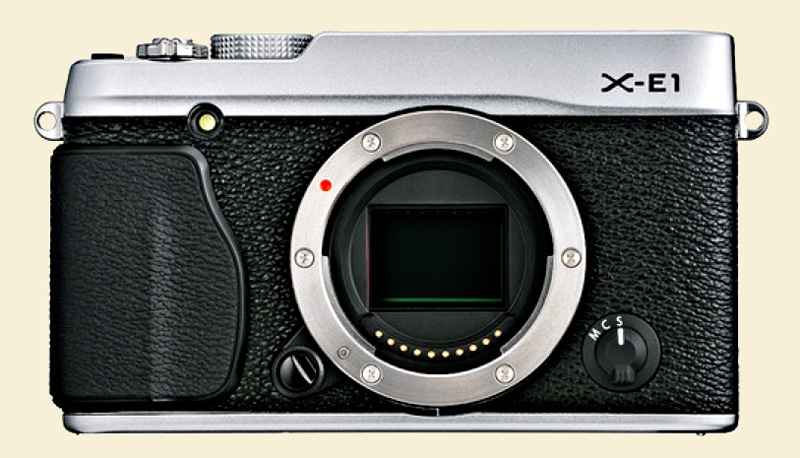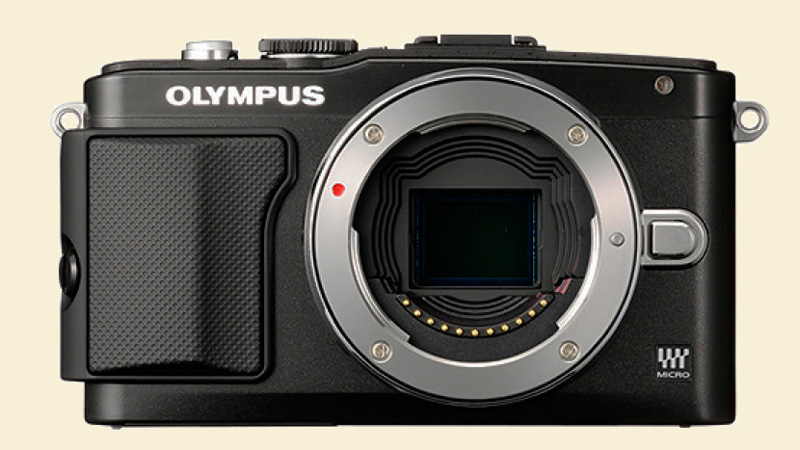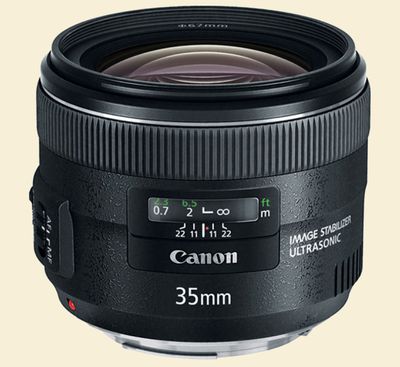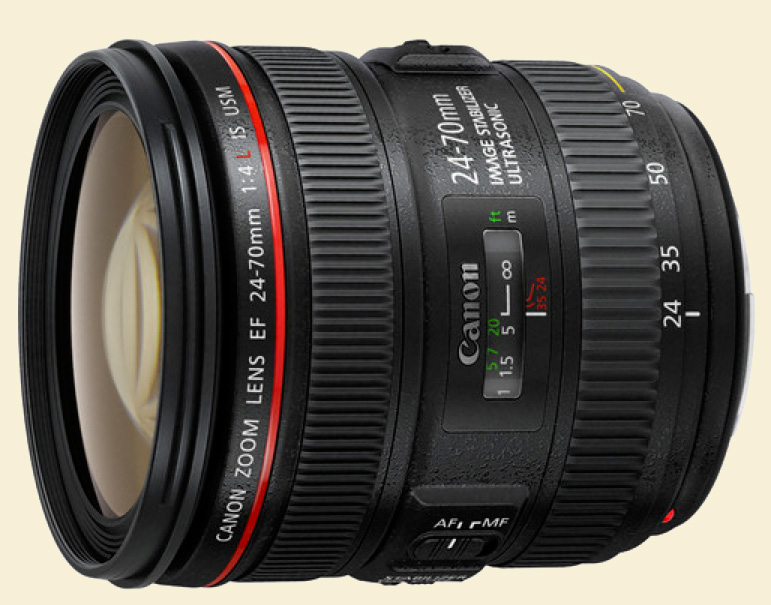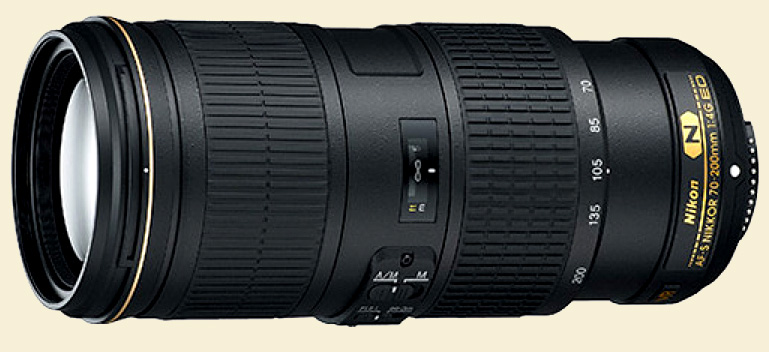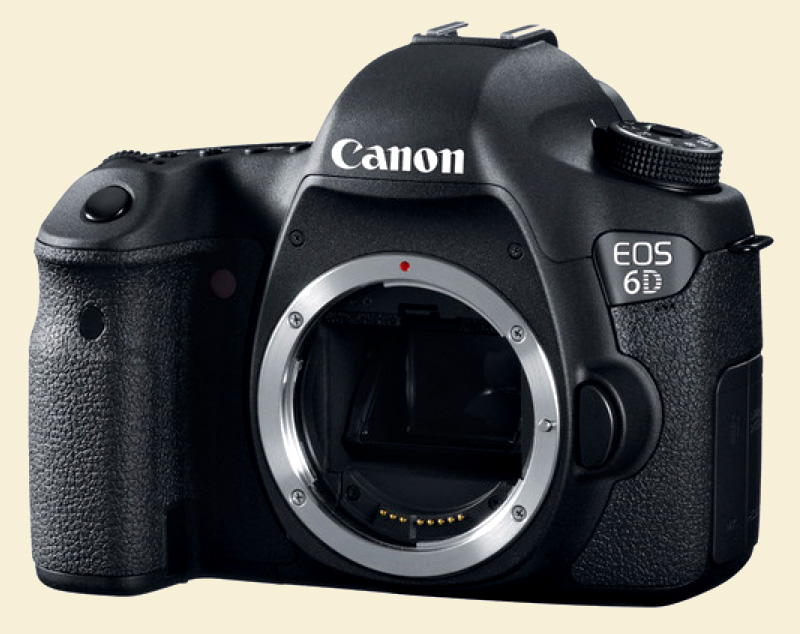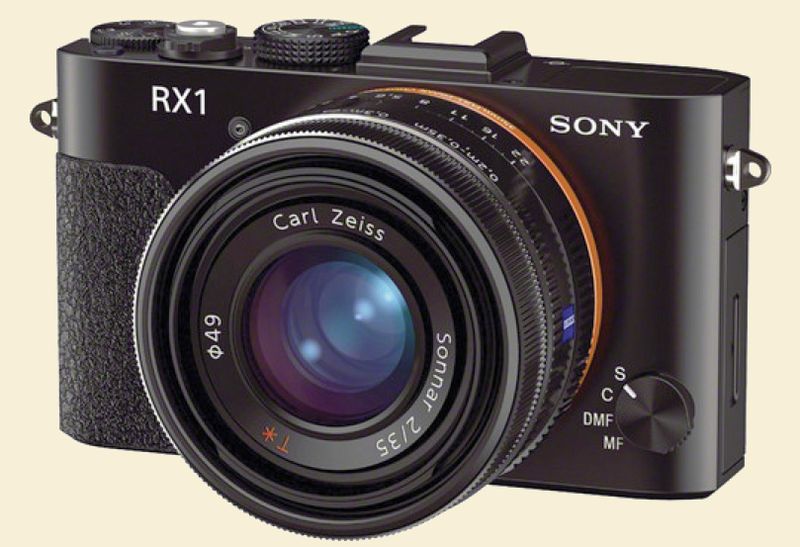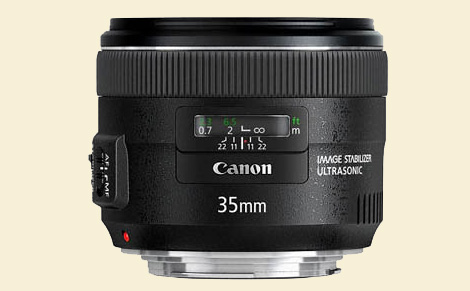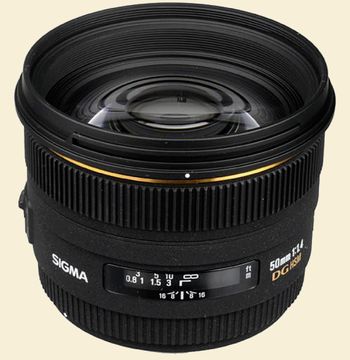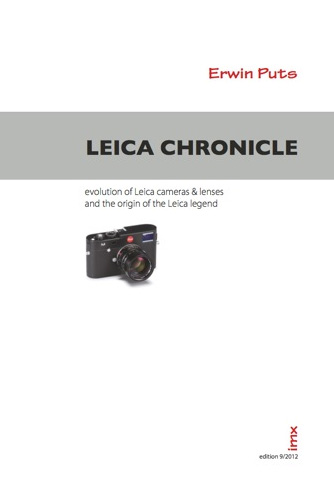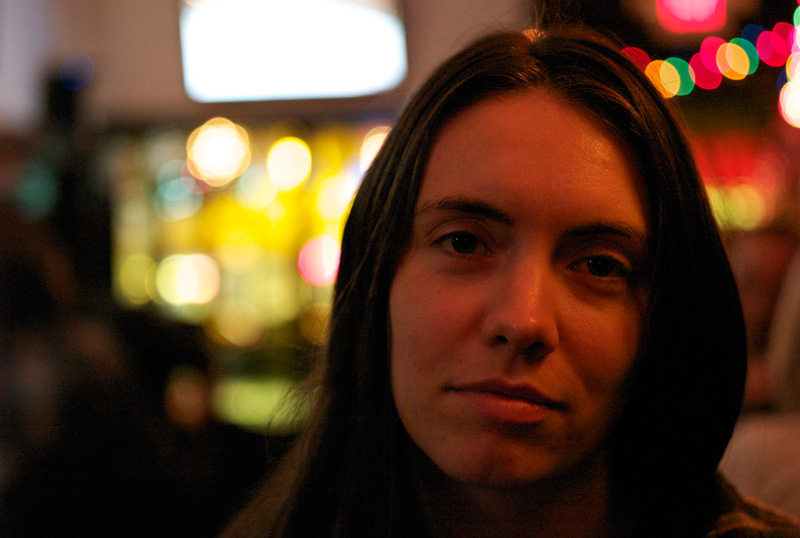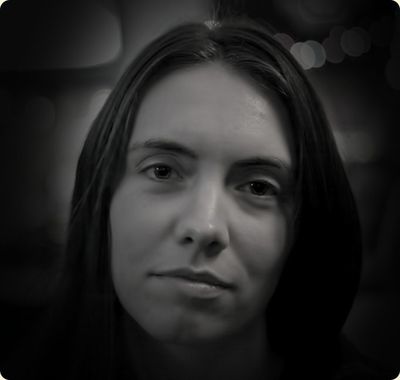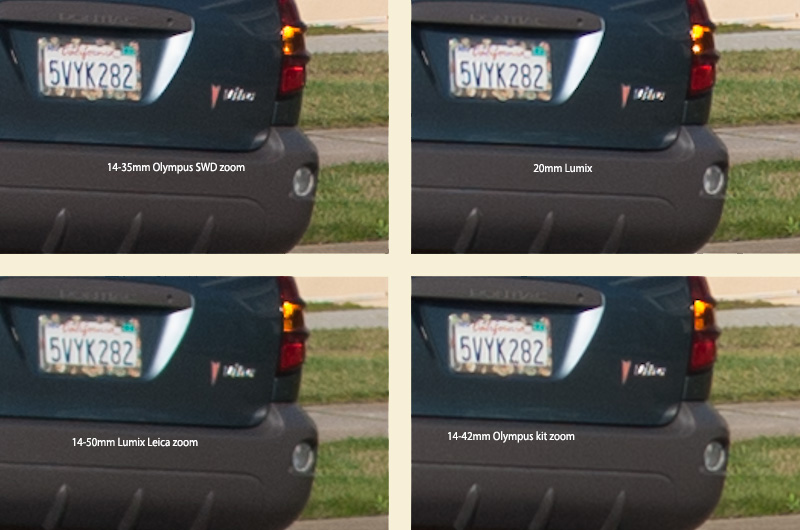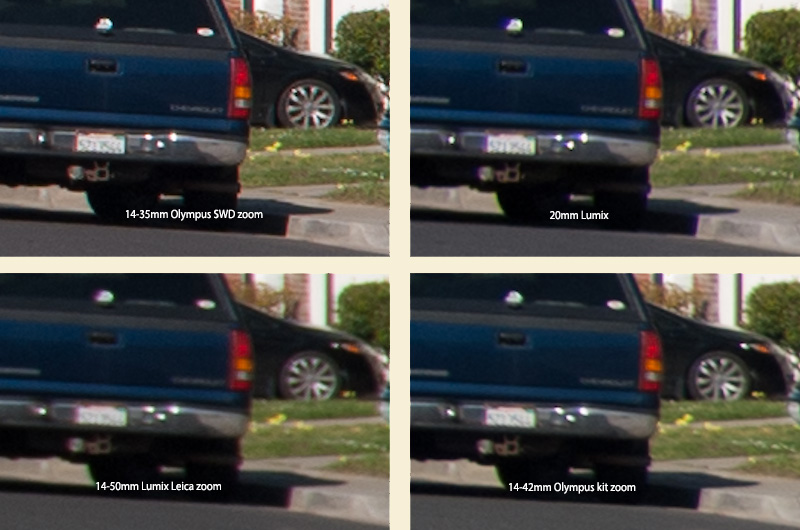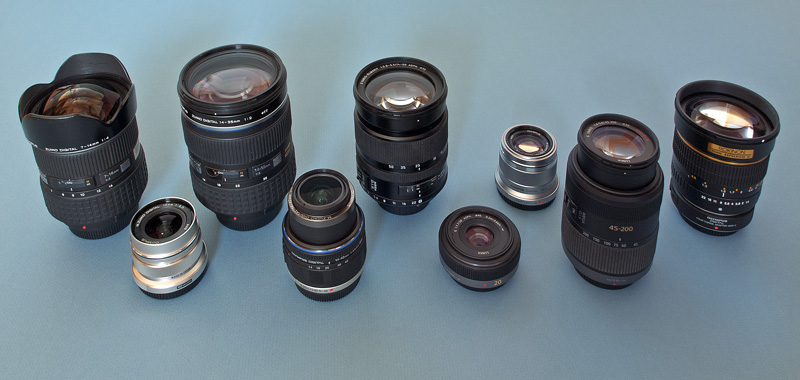So here's the backstory. In about 1972 (I'm assuming aficionados will correct any facts my bokeh [blurry] memory gets wrong), Zeiss, the #1 cameramaker in Germany (yes, sorry, Leica fans, but Leica was historically #2, Avis to Zeiss's Hertz, Pepsi to Zeiss's Coca-Cola, Mercedes-Benz to Zeiss's BMW, etc.), stopped making cameras. It attempted to form an alliance with a company from Japan, and first tried Asahi (now known by its brand name Pentax), where it was involved in the design of the Pentax K-mount and in the co-development of Pentax's SMC and Zeiss's T* multicoatings. But that alliance faltered, and Zeiss formed a more lasting alliance with Yashica. The two partners decided to distinguish their joint products by bestowing on them a famous old Zeiss model name, and Contax was born.
In another affiliation that would last, Yashica engaged Porsche Design, then a separate company related but not affiliated to the carmaker, to design its first Contax camera, the RTS (for Real Time System). Meanwhile, Zeiss had the responsibility for creating the lenses. For this, it reached back to the designs for its Contarex series of 35mm SLRs.
The leading cameramaker by that time was indisputably Nikon, and Nikon F lenses were vying with Germany's best in many ways. Since lens speed (maximum f-stop) at that time was still crucially important, Nikon in many focal lengths was offering fully three choices of lens speed, also segregated by quality: mid-level, middle-speed lenses for what we now call consumers; a budget level of slow lenses mostly made to be inexpensive; and the fastest lenses, into which it poured the best of its know-how and manufacturing expertise. Although fast lenses were and are more difficult to design and build than slower lenses, and, "all things being equal," will not perform as well as slower lenses, that was the age of photojournalism, when the pinnacle of the photographic profession to the world's amateurs was the dashing globe-trotting photojournalist, and pj's and other pros needed fast lenses and had the money to spend on them. So Nikon's fastest lenses were also their most expensive and in many cases their best.
This was the ground upon which Zeiss/Contax had to compete. It naturally wanted to vie with Nikon by offering superfast, super-high-quality lenses, but the people at Yashica and/or Zeiss also realized that the new marque would fail if the only lenses offered were expensive, big, and heavy. So they opted to fill in the line with a series of slow, economical alternatives.
So when I got into photography in a serious way in 1980 (another story for another day), Contax offered a large, heavy, expensive, fast glass in the 35mm moderate-wide-angle and 85mm moderate-telephoto focal lengths. I eventually bought the 85mm ƒ/2.8 Sonnar T* and the 35mm ƒ/2.8 Distagon T*.
I found them generally too slow. Note that I was shooting mostly Plus-X, a nominally ASA 125-speed film that I shot at E.I. 80. With a K2 yellow filter that cut out an additional 2/3 to 1 stop of light. (To those of you young enough to find that foreign, I felt the same way when I was young about tales of people who shot Kodachrome ASA 10. It has one nice side effect: I'm still impressed that digital cameras can shoot at ISO 1600, and don't get into the pixel-peeper wars over ultra-high ISOs.)
So next I tried the famous Planar T* 85mm ƒ/1.4. I loved it—any geek enamored of lenses could not help but be starstruck by its gleaming expanses of glass—but I discovered a curious psychological phenomenon: for the intimate, "plain" portraits that I was doing at the time, it wasn't as suitable, because I found it tended to intimidate my sitters. A young teenaged girl explained it to me succinctly: she said it made her feel "stared at," and like the camera was going to see every pore and pimple and imperfection on her face. "Like a giant eye," she said. Bingo.
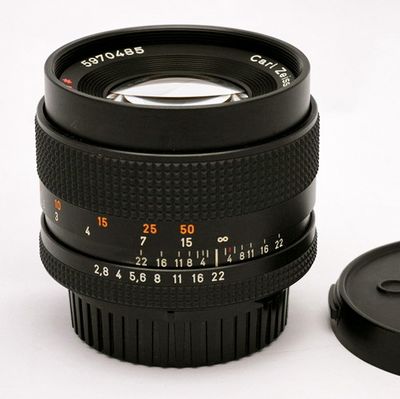 The petite, unintimidating, affordable Contax 85mm Sonnar T*.
The petite, unintimidating, affordable Contax 85mm Sonnar T*.
(Photo snitched from an eBay auction.*)
Lesson learned. But I still needed something a bit faster than my ƒ/2.8 Sonnar. So I figured I'd just wait for the Contax ƒ/2 middle-tier lenses to come out. It was bound to happen; Zeiss had had an 85mm ƒ/2 and 35mm ƒ/2 for the Contarexes, and Nikon had a 35mm ƒ/2 and an 85mm ƒ/2 in its by-then-current lineup of AIS Nikkors. It had been, by that time, ten or twelve years since the RTS. How long could it take? I'd just wait.
So I waited. And waited. And waited.
(As an aside, second lesson learned: never, ever, ever wait around for a vaporware lens to materialize. Make sure the camera you want has the lenses you need for your work available now—right now—such that you can buy what you need immediately and replace it easily if it's lost or stolen. Waiting and hoping for future products is a fool's errand.)
And, eventually, I began to bitch about it.
You know—the sorts of complaints we're hearing far and wide across the vast parish of the 'Net about all the new stuff introduced for this year's Photokina. The D600 doesn't have a high enough sync speed!** The RX1 is too expensive!*** The K-5II doesn't offer enough over the K-5! Etc.
I'm not immune. I've been doing the same exact thing since 1985, when I realized I needed an ƒ/2 35mm and 85mm for my Contax. Human nature. Well, geek nature, at least.
But here's the thing. You don't know just how much I bitched and moaned and kvetched and kvailed about Zeiss/Contax's failure to make a 35mm ƒ/2. I switched to Nikon in '88, and have been a brand nomad ever since, but did that stop me? No. I've complained in magazines, on forums, in lectures, here, to Contax, to Zeiss, to God in prayers—pretty much anywhere I could find an audience of one or more.
I mean, I've been so insufferable about it, such a broken record, such a pain in the ass, that if I don't buy the RX1, I fully expect a ragtag band of former Contax reps and Zeiss lens designers and Kyocera product planners to show up on my doorstep and beat the crap out of me.
So I have only one question about the Sony RX1 Carl Zeiss Sonnar 2/35 T*: will it fit on my RTS II?
Mike
Coda: I was still waiting in 2005, when Kyocera, which bought Yashica in 1978, pulled the plug on Contax. Contax had very nearly foundered on the transition to AF, and became a casualty of the digital transition. Note that it had made an earlier 35mm ƒ/2, an AF lens for the G1/G2, as well as a Leica M39-mount Zeiss-designed and -branded lens for the Zeiss Ikon. No tale's perfect.
*If it's yours and you want it removed, just let me know and I'll take it down.
**Sorry, David. :-)
***Exhibit 1 (note price); Exhibit 2 (note price). I'm just sayin'.
Send this post to a friend
Please help support TOP by patronizing our sponsors B&H Photo and Amazon
Note: Links in this post may be to our affiliates; sales through affiliate links may benefit this site. More...
Original contents copyright 2012 by Michael C. Johnston and/or the bylined author. All Rights Reserved.
Featured Comment by
Pete F: "For your sake and mine I'm really hoping you don't like the RX1."
